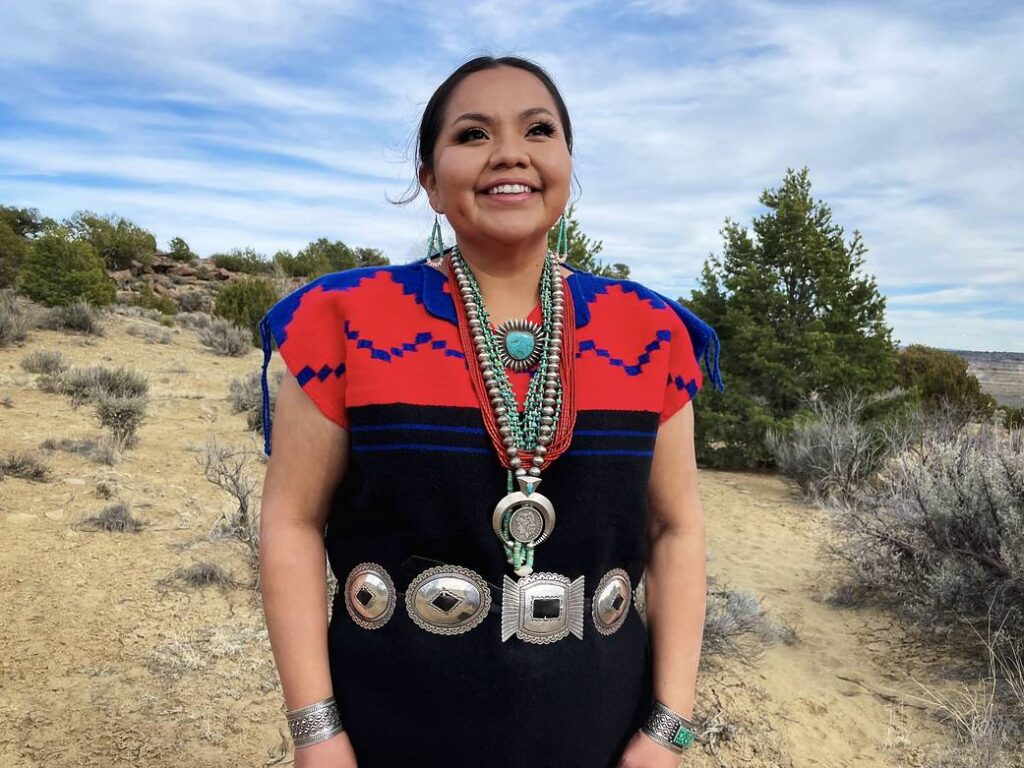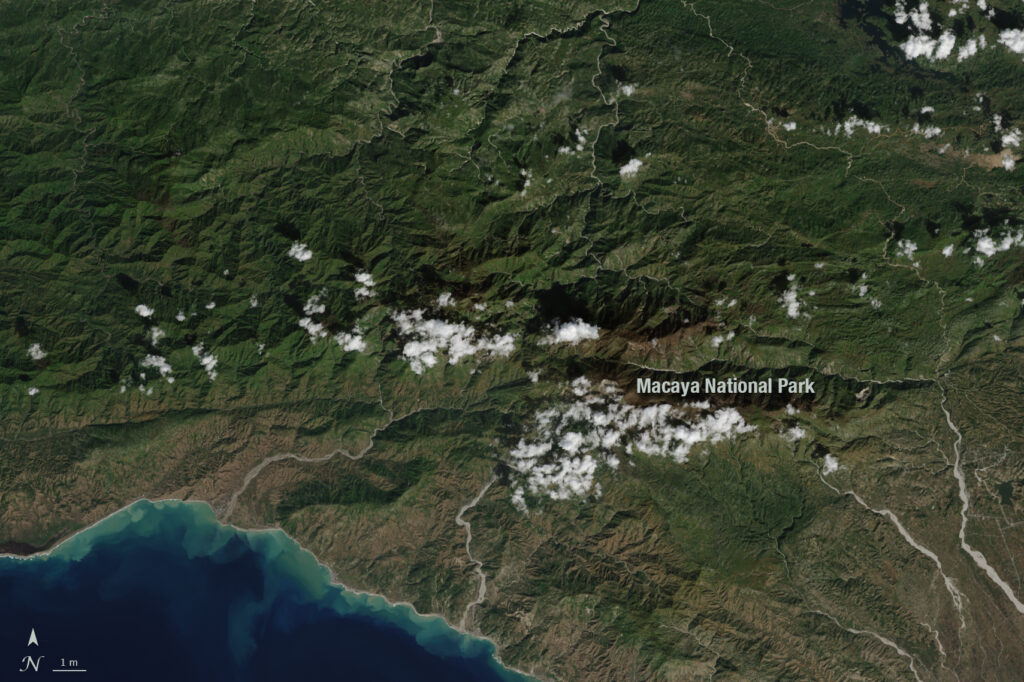Interview by Sofie Bates, NASA

“’Shí éí Nikki Tulley yinishyé. Tódích’íí’nii nishłį́.’
“If I were to identify myself in my community, in my language, that’s the first part of the greeting I would say: ‘I am Nikki Tulley. I am Bitter Water.’ What that essentially means is ‘I am water,’ and that’s how I would identify myself as a Navajo woman.
“I grew up in the Navajo Nation or, as we call it, Dinétah. The homeland of the Navajo Tribe is located within the states of Arizona, New Mexico, and Utah. The first home that I lived in, we didn’t have running water. We had to go haul our water, not only for ourselves, but also for agricultural purposes, and to haul water for the livestock as well. … As a kid, I didn’t realize that other people had a different lifestyle that didn’t include hauling water. But eventually I began to ask why. Why doesn’t everybody have access to water in their homes? Those ‘why’ questions led me to study water access and water quality.
“It wasn’t until I got to college that I realized that every single day of my life living on the reservation was actually experiencing some form of science. … Now, I’m a Ph.D. candidate at the University of Arizona and an assistant research scientist at NASA Ames. I have this unique opportunity to take my lived experience outside of academia and my professional studies to combine the two.
“One of the earliest memories I have is when the water dried up and the land started to crack. Each of those cracked pieces – they looked like tiles, almost, at that point – we’d pick up the top of the land and use them as plates to play with. That [showed me] what it means to have a landscape without water.
“Now, using Earth-observation imagery, like from Landsat, I’ve gone back to look at satellite images of where I grew up. … [As a kid I was] seeing the impacts of climate change and drought that were noticeable on a small scale, with the naked eye. But now as a scientist, I see the data behind those changes on a large scale over decades.”
—Nikki Tulley, Assistant Research Scientist, NASA’s Ames Research Center






